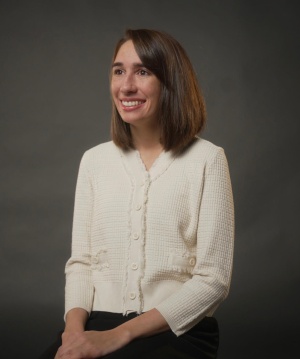
I’m a fifth-year PhD candidate in English, where I focus on 20th-century African American literature, postcolonial theory, historical materialism, and literary criticism. My research interests include themes of race, class, history, and social movements. I completed my bachelor’s at Kalamazoo College and master’s degrees at the University of Illinois at Chicago and the University of California, Irvine. My dissertation looks at midcentury African American novels and the ways their authors contemplated questions of Black identity, consciousness, individualism, and solidarity. In Writing 50, we’ll be taking a critical look at fairy tales while sharpening your analytical writing and multimodal skills, with special attention to genre, rhetoric, and discourse communities.
Courses typically taught: Writing 50 and Writing 60
Themes typically taught: My Writing 50 course centers on fairy tales and hones critical reading and analytical writing, while Writing 60 centers on mass incarceration and develops research and argument skills.
Course Description: In this section of WR 50, we will explore what fairy tales are, how they work, and why they are so durably meaningful across different cultures. Fairy tales (or “wonder tales”) make up an ubiquitous genre—every society on earth tells fairy tales to adults and children alike. Unlike myths, fairy tales do not narrate the creation and ending of the world, nor the capricious deeds of the gods; and unlike legends, they do not focus on culture heroes like Robin Hood or the Monkey King. Instead they are stories of strange marvels that distill our primal fears and desires into hope that virtue can triumph over evil and that clever people can achieve the good life. Fairy tales center on anonymous character types who endure extraordinary ordeals reflecting the realities of life in specific times and places. They are versatile stories that play with us, creep us out, and enlighten us all at once. Our exploration of the fairy tale genre will center on a few of the most popular tale types: Red Riding Hood, Cinderella, Beauty and the Beast, and Bluebeard. Each week, we’ll read different versions of the same tale originating not just from Europe, but also Asia, Africa, and the Americas. Through our comparisons of these different versions of the tales, and of the tale types themselves, we will examine how different groups of people living in different cultural and historical contexts approach a set of related themes, motifs, and conventions: true love, the pleasures and dangers of emergent sexuality, righteous violence, curiosity and obedience, benevolent and wicked parents, and family life. In the second half of the course, we’ll look at Disney’s adaptations and remakes of fairy tales, and consider what it means for corporations to assume ownership over what was formerly common (shared, public) intellectual property. Along the way, we will also read classic fairy tale/folklore scholarship, view fairy tale art from the Golden Age of Illustration, and watch fairy tale films and other media.
Textbooks Needed:
- Anteater's Guide to Writing, 10th ed. (available on Perusall)
- The Classic Fairy Tales, ed. Maria Tatar, Norton Critical Editions
Email: hbacchus@uci.edu
